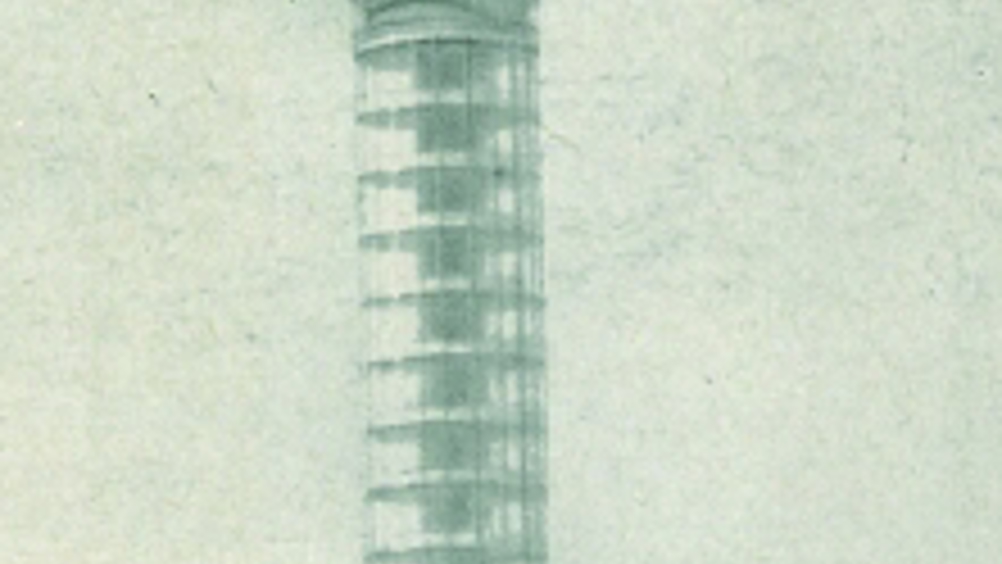This week in 1961: shaping London's skyline

Feb 1961, and The Engineer took a look at the proposed design of a structure which has become one of London’s best-known landmarks: the building known today as the BT tower.
The new tower was required for a variety of reasons, explained The Engineer. But its main role was to support the microwave aerials that were used to carry telecoms traffic from London to the rest of the UK. According the article, it was designed to replace a 180ft high steel mast on the nearby Museum Exchange building, which was being affected by the London’s appetite for increasingly tall buildings.
Reporting on the challenges of building the tower The Engineer wrote that ‘the design envisages a structural connection with the main building 80ft above the ground, where horizontal loads due to wind will be transmitted from the tower, The maximum horizontal reaction at this point is to be 500 tons , but vertical deformation of the tower will not be restrained.’
Register now to continue reading
Thanks for visiting The Engineer. You’ve now reached your monthly limit of premium content. Register for free to unlock unlimited access to all of our premium content, as well as the latest technology news, industry opinion and special reports.
Benefits of registering
-
In-depth insights and coverage of key emerging trends
-
Unrestricted access to special reports throughout the year
-
Daily technology news delivered straight to your inbox











UK Enters ‘Golden Age of Nuclear’
The delay (nearly 8 years) in getting approval for the Rolls-Royce SMR is most worrying. Signifies a torpid and expensive system that is quite onerous...